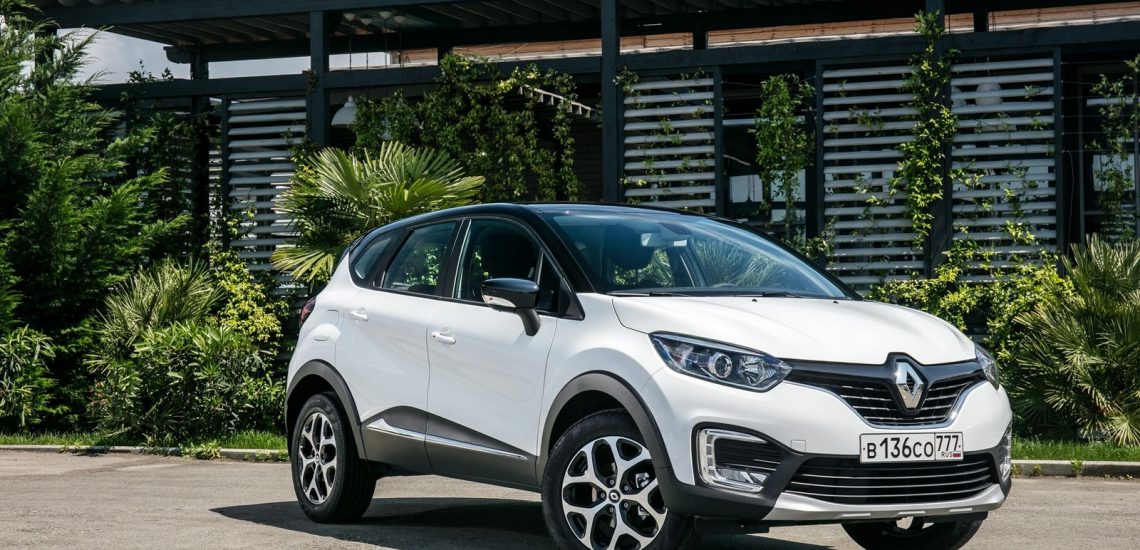France for centuries has been worthily presenting its products in the global car market. But the pioneer in the auto-French appearance was Louis Renault, who 120 years ago took the challenge to drive his A-class Voiturette up the steep Rue Lepic Street in Montmartre in Paris. Thanks to it, he received an order for his first dozen “cars”.
Louis Renault: Rise and Fall
Alfred and Louise Renault, the parents of four beautiful children – two boys and two girls, didn’t even suspect that in February 1877 their fifth child would be born, who would glorify their family not only throughout France, but the whole world. Louis grew up as a happy child in a wealthy family. In childhood, he studied a lot of various mechanical devices, graduated from school, and then, after serving in the army, a bachelor’s degree. The financial position of the Renault family allowed to purchase even such adult toys as the three-wheeled De Dion-Bouton – a model with a gasoline engine capacity of 0.5 horsepower. Louis was twenty years old when he added a gearbox and another wheel to the car’s design. A year later, Louis assembled his first car, and in 1899 the gearbox was patented. At the same time, together with his brothers, Louis created a “model A” with a De Dion engine and capacity of 1.75 horsepower. Since the creation of three Renault brothers was successful, on February 25, 1899, the Renault Freres (Renault Brothers) company was formed. Marcel, Louis and Fernand shared responsibilities – the administrative sphere of the company was handled by Fernand, commercial – by Marcel, and Louis dedicated all his efforts to design.

However, soon, in 1903, there is a tragedy – Marcel dies in an auto race, and 6 years later, Fernand also dies because of health problems. Louis remains alone. His company is thriving, orders for cars are coming on continuously. The profit is growing – many car models are sold at fabulous prices. There were cars of almost all classes in the Renault lineup, differing in bodies, equipment, chassis configurations. In 1906, at the motor show in Berlin, Renault introduced its first bus.
In 1913, the production capacity of Renault is already about thousand cars a month, and the number of staff exceeds five thousand people.
Louis Renault continues to invent and patent quick-release plugs that could be changed quickly without dismantling the motor, tilt steering column, pneumatic starter, folding seats, hydraulic shock absorbers and even tank. The FT-17 proved to be so successful that it remained in service until the Second World War.
During the First World War, Renault produces aircraft engines, medical vehicles, buses, equipment, etc. After the war, luxury models are successfully promoted – the Reinastella, equipped with a seven-liter power unit, the Nervastella – a closed car for five or seven seats, and also the Vivastella, in which the rear wheels were hidden under the caps, which gave the car elegance:
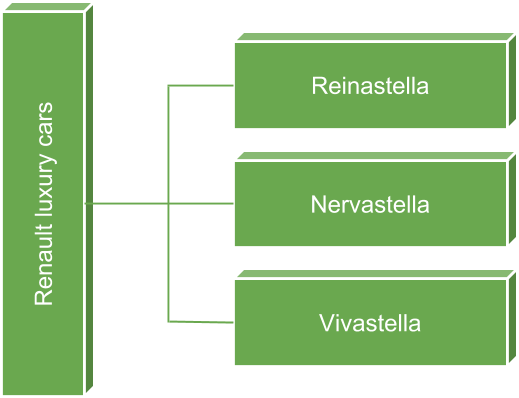
But the Second World War led to the occupation of France, the management of the Renault concern in 1940 was transferred to members of Daimler-Benz, cooperating with the Nazis, and Louis was put on the decorative post of the frontman, who didn’t have any authority. At that time Louis was already 63 years old. In 1942, the Allied aviation destroyed 80% of the Renault concern’s production. It destroyed Louis. He started having problems with speech. After the liberation of France, he could leave, but he came to the authorities himself and was arrested. In prison, he was treated cruelly and inhumanely, as the “traitor” and Nazi collaborator, although he didn’t cooperate with them. Then, nobody conducted investigations Investigations, and the society demanded to punish the perpetrators of the national catastrophe. In October 1944, Louis came to a hospital with broken kidneys and skull, and soon dies in a hospital bed.
The immense wealth and production capacity of the “traitor” were nationalized only three months after the death of Louis Reno. Only in 1967 his son Jean-Louis received from the French government a small monetary compensation, but his rights the company’s heir weren’t restored, and his father was never rehabilitated. But in 1919 Louis Renault was recognized as the first industrialist in France. He was a talented inventor and a successful businessman.
Production of Renault cars after World War II
In 1946 the production reached 8,500 private cars, most of them were Juvaquatres and their versions with a modified interior. They were equipped with hydraulic brakes and hydraulic shock absorbers.
In 1949, the reconstruction of the Renault factories was completed, and by 1954, 500 thousand 4CVs had already been produced. In 1954, a million vehicles were released after nationalization and two million vehicles since the company was founded in 1899. In the same year, the company’s director Fernand Picard died in a car accident, and his place was taken by Pierre Dreyfus. In December 1954, the Dauphines model was produced.
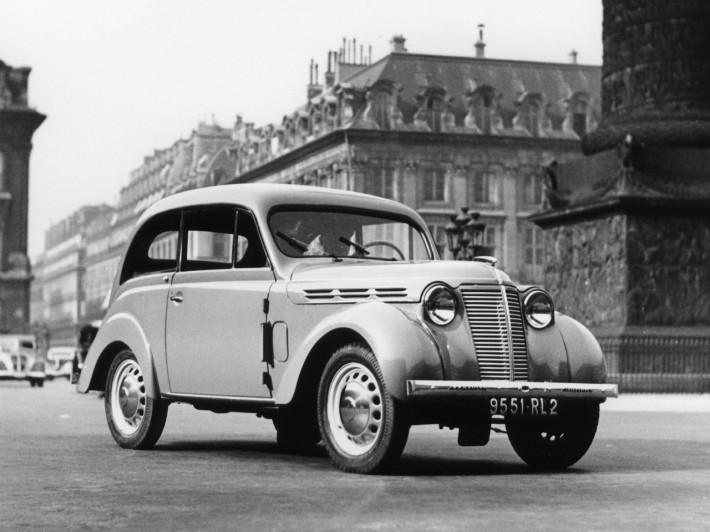
In 1958, a new Renault engine factory was put into operation. At the same time, the front-wheel drive Renault-4 became a people’s car. The production of this model was more than eight million copies.
1965 was the year of the Renault-16 birth. The front-wheel drive model with a one-and-a-half-liter engine pioneered the hatchback body in production, in the sense that we see it today. This car with universal and comfortable interior, characteristic French soft wheel suspension has become elegant and practical for the French middle class.
In 1967, Renault factories were on every continent. Five assembly plants were in Europe, excluding France, one in Canada, nine in Latin America, five in Africa, one in Australia, one in Asia, and production in Romania and Malaysia was preparing to open.
In 1969 already more than one million vehicles were assembled and more than 500 thousand vehicles were exported. At the Paris Motor Show, the Renault 12 was demonstrated – efficient, spacious with a large trunk. In Romania, the R12 was called Dacia, and in Brazil – Corcel.
In the 1960-70s, Renault has been cooperated with Peugeot, Volvo, American Motors Corporation. In 1982, the Renault 9 was produced in the USA under the name Alliance and became there a car of the year.
In 1990, the production of the Clio model began, which for many years was one of the best-selling models in France. The second generation of the Clio-Symbol appeared in 1998.

In 1991, the Clio received the title of “car of the year”, the Renault Ligne – the title AE “truck of the year”, the Renault FR1 – “bus of the year”, and Raymond Levy was awarded the title of “president of the year”. In the same year, the Renault 19 Cabriolet appeared, which at once became one of the most popular in the class of open cars.
On March 31, 1992, the Renault Twingo appeared, and the Renault Safrane was released. In September 1995, the first show of the Megane model took place.
In 1998, the centennial of Renault is celebrated with the release of the new Clio. In Geneva, the Zo project with the first gasoline direct injection engine in Europe is shown, and also the Vel Satis project.
Concern Renault in the XXI century
Today, Renault is a comfortable and safe car. In 2001, the Renault Laguna II was recognized as the first car in the world to receive the highest safety rating (five stars out of five) according to the results of the EuroNCAP independent organization tests. In 2003, the Renault Megane II received the title “Car of the Year”. Patrick le Quement, chief designer of Renault, was recognized as the “designer of the year”. EuroNCAP announced the Renault Megane II, the Renault Vel Satis and the Renault Espace IV the safest cars on the market.
All Renault models demonstrate modern technologies in the automotive sector with a variety of unique abilities that are ideal for both urban and off-road driving conditions. The release of Renault luxury all-wheel drive cars served as the main impetus to the global growth of their popularity. The Renault Logan and the Renault Duster claim the title of “world car”, because they are the most sold in Europe. As for the most demanding buyers, Renault can offer a huge selection of models for every taste.
Perfect choice of Renault by the modern driver is determined by the following reasons:
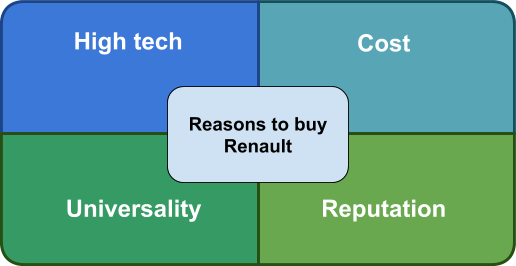
- Each stage of Renault cars’ production reflects the highest modern level of technology and engineering in terms of car design. The result is unique, powerful cars.
- Renault cars are the most affordable in relation to many other modern models of similar classes.
- Renault clearly understands that each driver has its own characteristics, so the manufacturer offers customers a choice of cars that cover a wide range of possibilities.
- When a brand has an excellent reputation, it is usually based on a series of customers’ positive experience. Renault is one of the most famous brands in the industry and offers drivers undeniably high quality of each model.
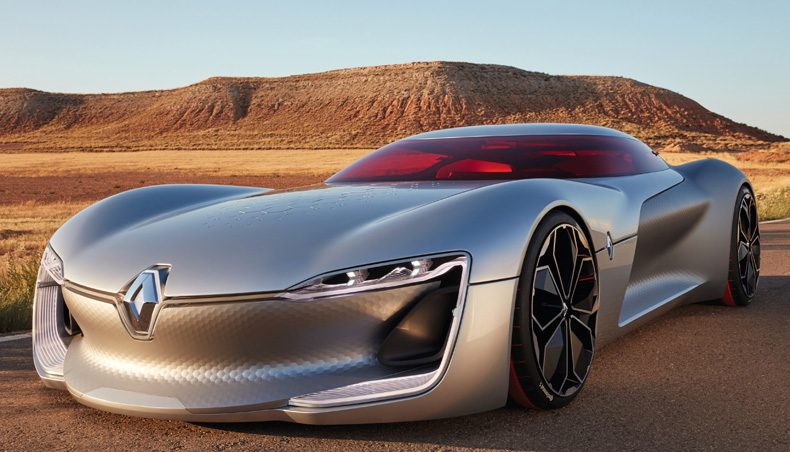
All drivers, even driving a safe Renault Laguna, must have a driver’s license. It is better if the latter conforms to the international model. It is quite easy to issue such a driver’s license – it’s done right on our website.

Published December 14, 2018 • 9m to read

